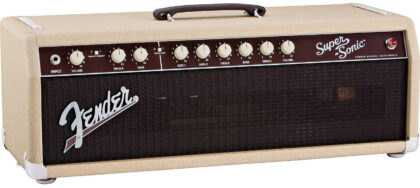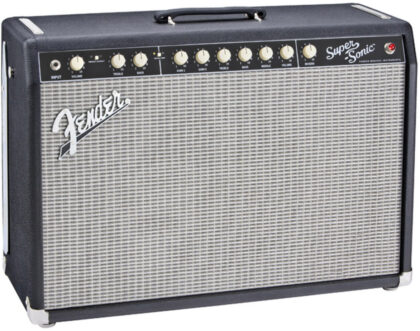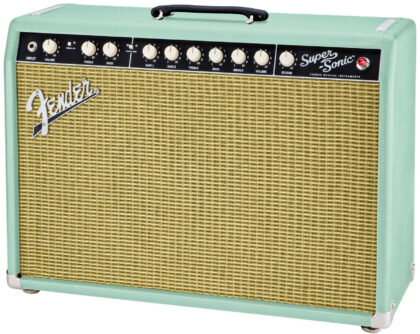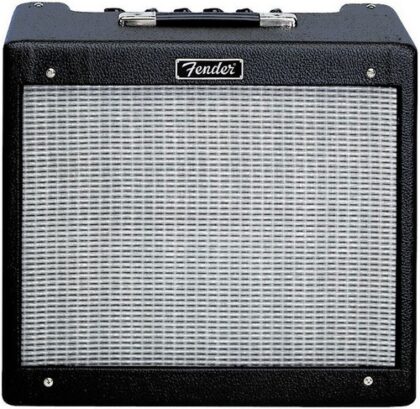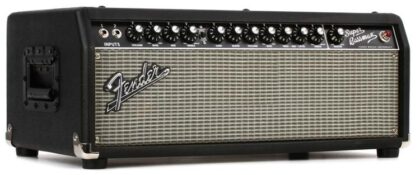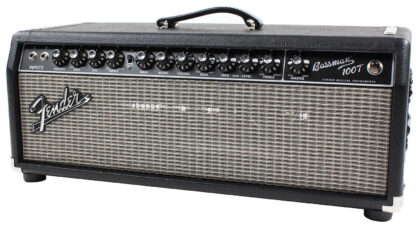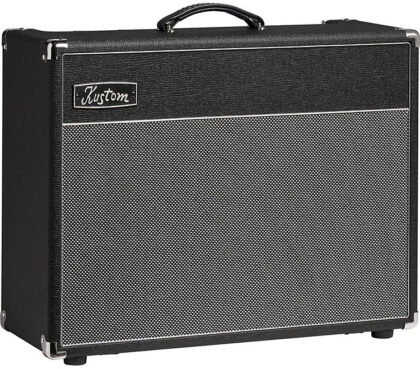Showing 1–48 of 747 results
-
Fender Supersonic 60 Head Retube Kits
$177.50 -
Fender Supersonic 60 Head Retube Kits
$180.50 -
Fender Supersonic 60 Combo
$217.50 -
Fender Supersonic 22 Retube Kits
$153.50 -
Fender Supersonic 60 Combo
$222.50 -
Fender Blues Junior Full Retube Kits
$107.00 -
Fender Blues Junior Full Retube Kits
$107.00 -
Fender Super Bassman and Pro 300 Retube Kits
$453.50 -
Fender Super Bassman and Pro 300 Retube Kits
$477.50 -
Fender Super Bassman and Pro 300 Retube Kits
$459.50 -
Fender Super Bassman and Pro 300 Retube Kits
$483.50 -
Fender Super Bassman and Pro 300 Retube Kits
$443.00 – $483.50 -
Fender Super Bassman and Pro 300 Retube Kits
$443.00 -
Fender Super Bassman and Pro 300 Retube Kits
$467.00 -
Fender Bassman 100T Retube Kits
$184.00 -
Fender Bassman 100T Retube Kits
$171.00 -
Fender Bassman 100T Retube Kits
$182.00 -
Fender Bassman 100T Retube Kits
$178.00 -
Fender Bassman 100T Retube Kits
$177.00 -
Fender Bassman 100T Retube Kits
$188.00 -
Fender Bassman 100T Retube Kits
$171.00 – $188.00 -
Kustom Defender V100 Retube Kits
$260.00 -
Kustom Defender V100 Retube Kits
$270.00 -
Kustom Defender V100 Retube Kits
$254.00 -
Kustom Defender V100 Retube Kits
$185.00 -
Kustom Defender V100 Retube Kits
$252.00 -
Kustom Defender V100 Retube Kits
$260.00 -
Kustom Defender V100 Retube Kits
$198.00 -
Kustom Defender V100 Retube Kits
$206.00 -
Kustom Defender V100 Retube Kits
$216.00 -
Kustom Defender V100 Retube Kits
$201.00 -
Kustom Defender V100 Retube Kits
$206.00 -
Kustom Defender V100 Retube Kits
$200.00 -
Kustom Defender V100 Retube Kits
$191.00 -
Kustom Defender V100 Retube Kits
$183.00 -
Kustom Defender V100 Retube Kits
$191.00

